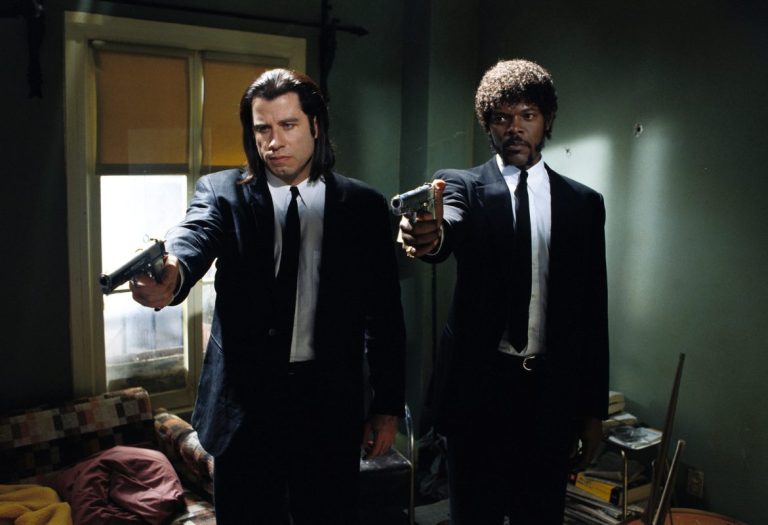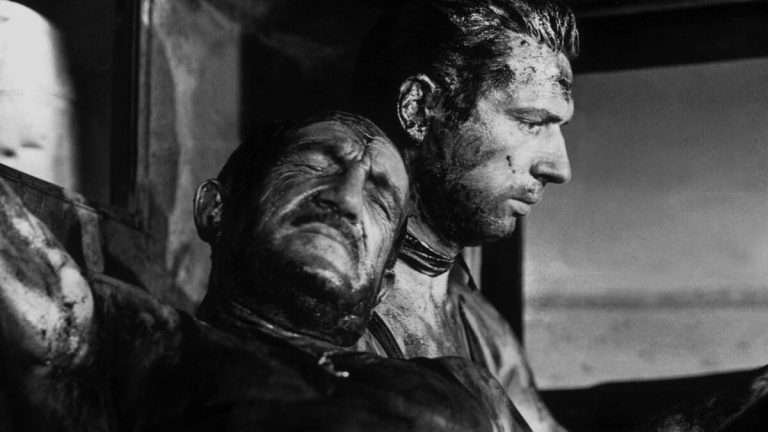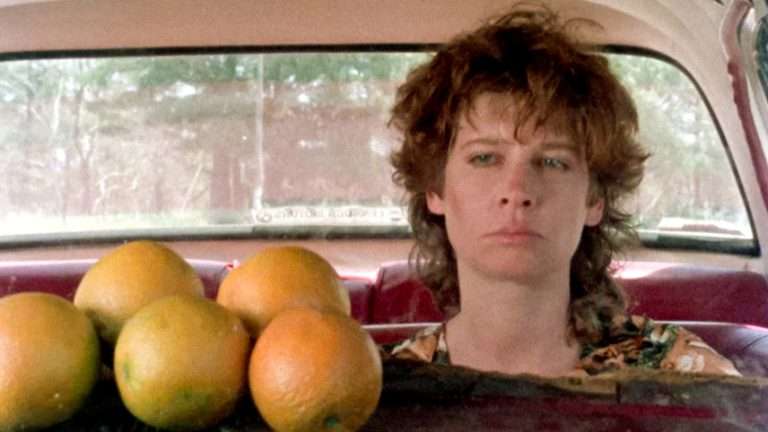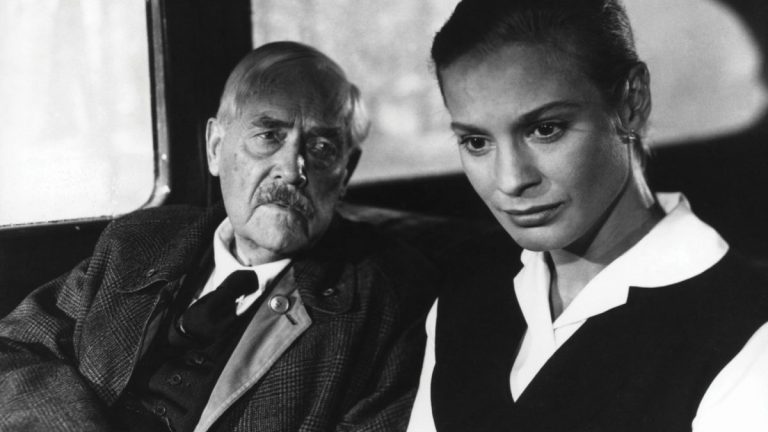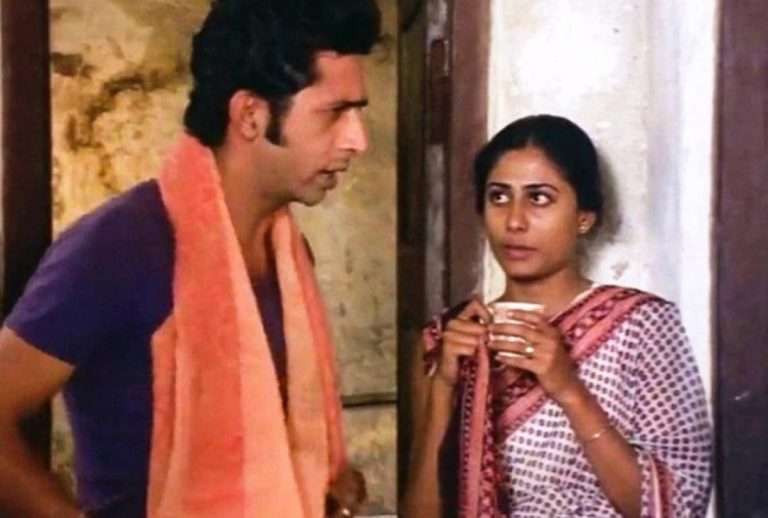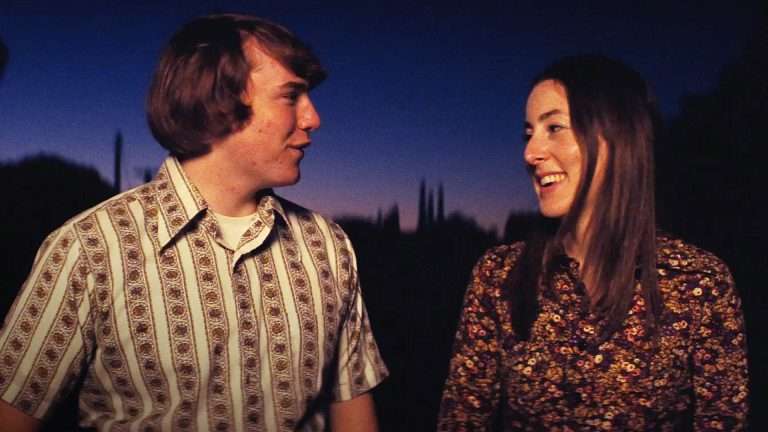India is one of the world’s most prominent movie producers. Our tryst with cinema, in a way, started in 1896 when the Lumiere brothers first screened movies at a hotel in Mumbai. Dadasaheb Phalke directed “Raja Harishchandra,” the first full-length silent feature film released in 1913. “Alam Ara” (1931) is regarded as the first Indian talkie film. After that, there was no looking back for cinema in our country! Over the years, regional cinema centers grew in important big cities, paving the way for producing films in regional languages. This resulted in the proliferation of single-screen theatres throughout our country.
The first movie theatre, ‘Charlie Chaplin’ (also called Elphinstone Picture Palace), was built in Kolkata in 1907 by Jamshedji Framji Madan in our country. It was located in Chowringhee Place. Madan was also instrumental in starting the first chain of cinemas named Madan Theatres. He is referred to as the father of film production in India. Later, ‘Charlie Chaplin’ was rechristened as ‘Minerva.’ It was famous for the screening of Hollywood films. Later, it ran into rough weather and was ultimately demolished in 2003.
Single-screen theatres had a vibe of their own. Many theatres had their screens covered up with cloth screens. Watching them going up in a wave-like manner before the commencement of shows was a treat. Tiny tots enjoyed this spectacle. During the times when radio was the sole source of entertainment, going to theatres to watch a film was a much sought-after event. Indeed, such events were cherished with delight. During intervals, puffs, cakes, and cool drinks cast their allure! These theatres were common spaces where, in a way, people, irrespective of their class, caste, and creed, rubbed shoulders.
Fans thronged theatres screening films of their favorite heroes. Standing in long queues exposed to sunlight and rain had its own charm and annoyance, too! Inside theatres, fans whistled, hooted, and threw coins at the screens, exhibiting their hero worship. Huge cutouts of heroes were put before some of the theatres and garlanded. There were many instances of ‘ Ksheeraabhishekha’ (pouring milk over giant cutouts of superstars), too.
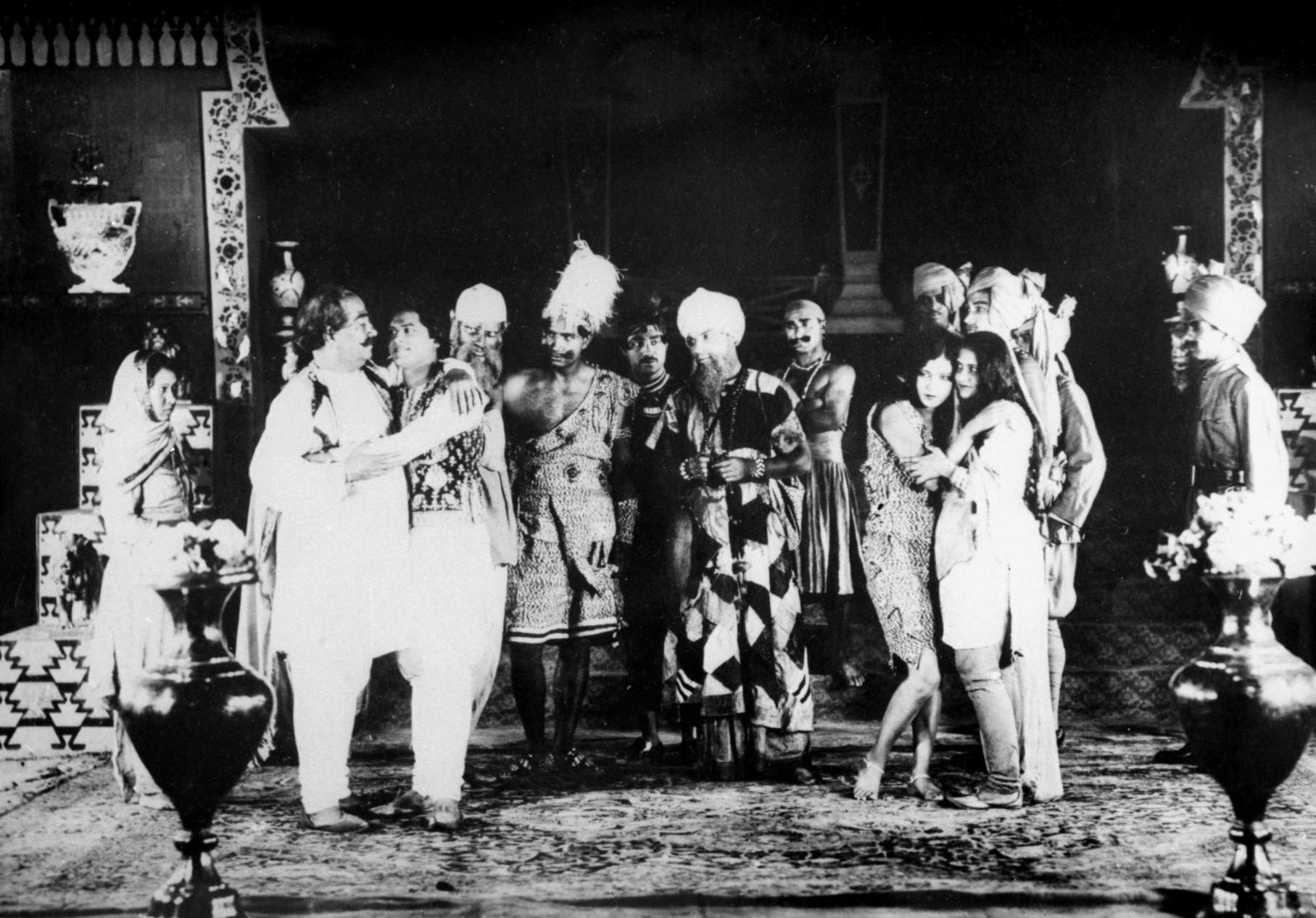
The advent of television in a big way throughout our country in the 1980s created a sense of anxiety in the minds of single-screen theatre owners. However, the multiplicity of TV channels over a period of time did dent, in a way, the viewership in theatres. The incursion of VCRs in the 1980s, first in the houses of haves and then in mini video theatres and parlors and later in middle-class abodes, made people watch films within four walls. Still, the mushrooming of VCRs was not alarming enough to scare theatre owners. After that, CDs began to eclipse VCRs. The onset of DTH service in 2003 and its onward march in the years to come did pose a problem for the viewership in theatres.
PVR Cinemas at Saket in South Delhi was the first multiplex opened in our country in 1997. This multiplex chain, along with Cinepolis and Inox, made rapid strides. Multiplexes with cozy interiors, sophisticated seating arrangements, and superior sound systems like Dolby Atmos and AmpliX created a new ambiance and a new visual experience.
The landscape of our metropolises and big cities underwent drastic changes post-1990s, which saw the domination of the policies of Globalization, Liberalization, and Privatization. This had a domino effect on the different processes involved in filmmaking. Corporates and big business houses entered into filmdom. The entertainment arena became an extension of their business and commercial activities. Many middle-class denizens became nouveau riche. Their aspirations and world outlooks changed. All these changes have contributed to the elitism of cinema viewing in our country. In this context, the mushrooming of malls and multiplexes in big cities and metropolises, a pan-India phenomenon, has to be analyzed.
Reliance Entertainment launched its first over-the-top media (OTT) platform, BIGFlix, in 2008. Then, OTTs like Hotstar, Netflix, Amazon Prime, Sun NXT, Eros Now, and many others entered the fray. Slowly, they caught the imagination of viewers, initially in cosmopolitan centers and then in big cities, followed by small towns and rural places. The Covid pandemic forced viewers to cling to OTT Platforms. This was a period when single-screen theatres throughout India were hard hit.
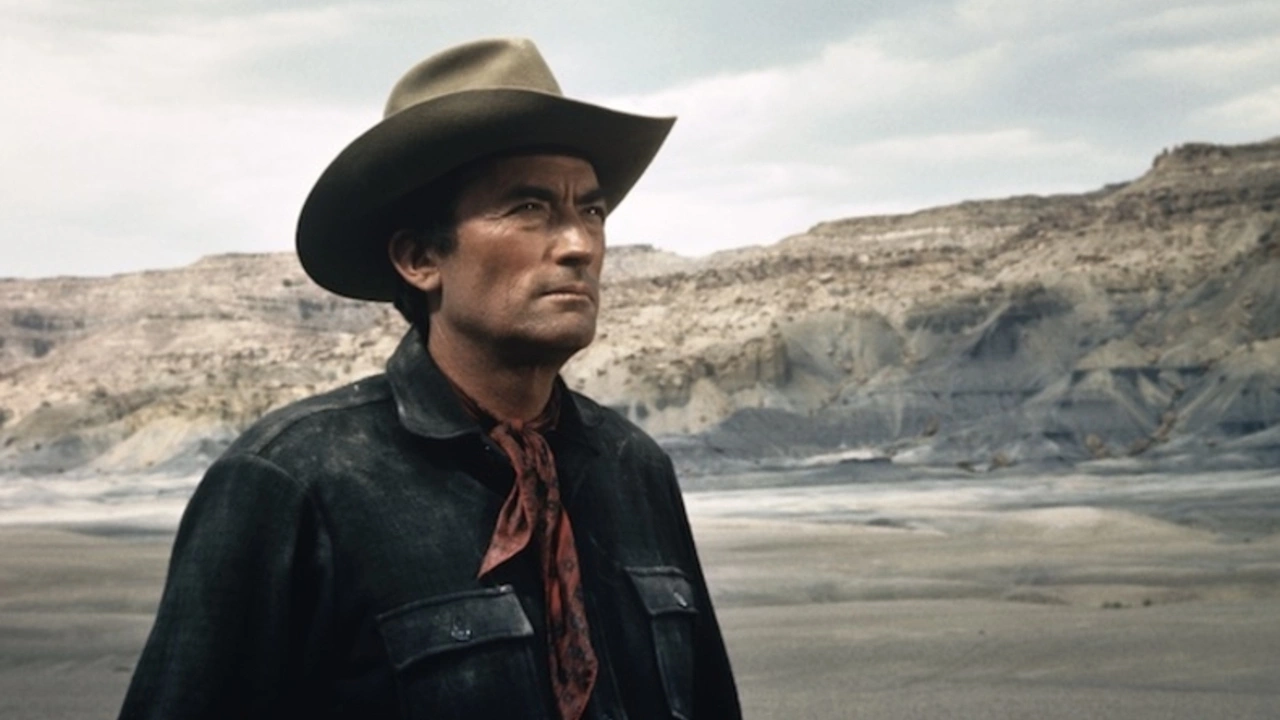
The fading of single-screen theatres throughout our country inspired Hemant Chaturvedi, an astute Bollywood cinematographer, to pictorially preserve them for posterity. He quit the industry and has been driving alone since 2019, covering 45,000 kilometers in 19 states and photographing 1077 single-screen theatres. A stupendous and pioneering effort indeed!
According to some estimates, over 20,000 single-screen theatres have closed their shutters in the last three decades. The remaining 5,500 are struggling to survive. With the proliferation of smartphones, movie viewing on them by middle—and lower-middle-class people has increased by leaps and bounds. This has resulted in fewer footfalls in multiplexes throughout our country. Such being the case, it is tough to visualize what is in store for single-screen theatres.
While clacking on the keyboard in the course of preparation for this article, I reminisced about my association with single-screen theatres. My efforts to recall memories of my first viewing of a film in a single-screen theatre went in vain. However, I recall some of my experiences viewing movies in the late 1960s and early 1970s in Mysuru(Karnataka) when I was a small boy. One evening, my father dropped me near a theatre to enable me to see “Mackenna’s Gold” (1969). Though I enjoyed the film, there was a lurking fear in me as to whether my father would pick me up after the show! Later, the convent where I studied arranged the film “Uncle Tom Cabin” screening for its students.
I saw blockbusters of Hindi, English, and also regional languages of the times in single-screen theatres in Mysuru. I was exposed to more films when I came to Bengaluru for my high school and college education. Over the years, I was exposed to parallel and bridge cinema. I also remember the film “Cinema Paradis” (1988), directed by Giuseppe Tornatore. It tells the story of a renowned film director, Salvatore, who returns to his hometown to participate in the funeral of Alfredo, a projectionist at the local theatre. The film traces Salvatore’s reminiscences in flashbacks, highlighting his childhood confabulations about various aspects of cinema with Alfredo. The Gujarati film “Chhello Show” (2021), which was shortlisted for the Academy Awards – the first film in 21 years and the fourth film in Indian film history – had a similar storyline as that of “Cinema Paradiso” also came to my mind.
Recently, in Bengaluru, the capital of Karnataka and a big metropolis, Cauvery, a single-screen theatre that was in existence for fifty years, closed down. This event made me pen this piece.



